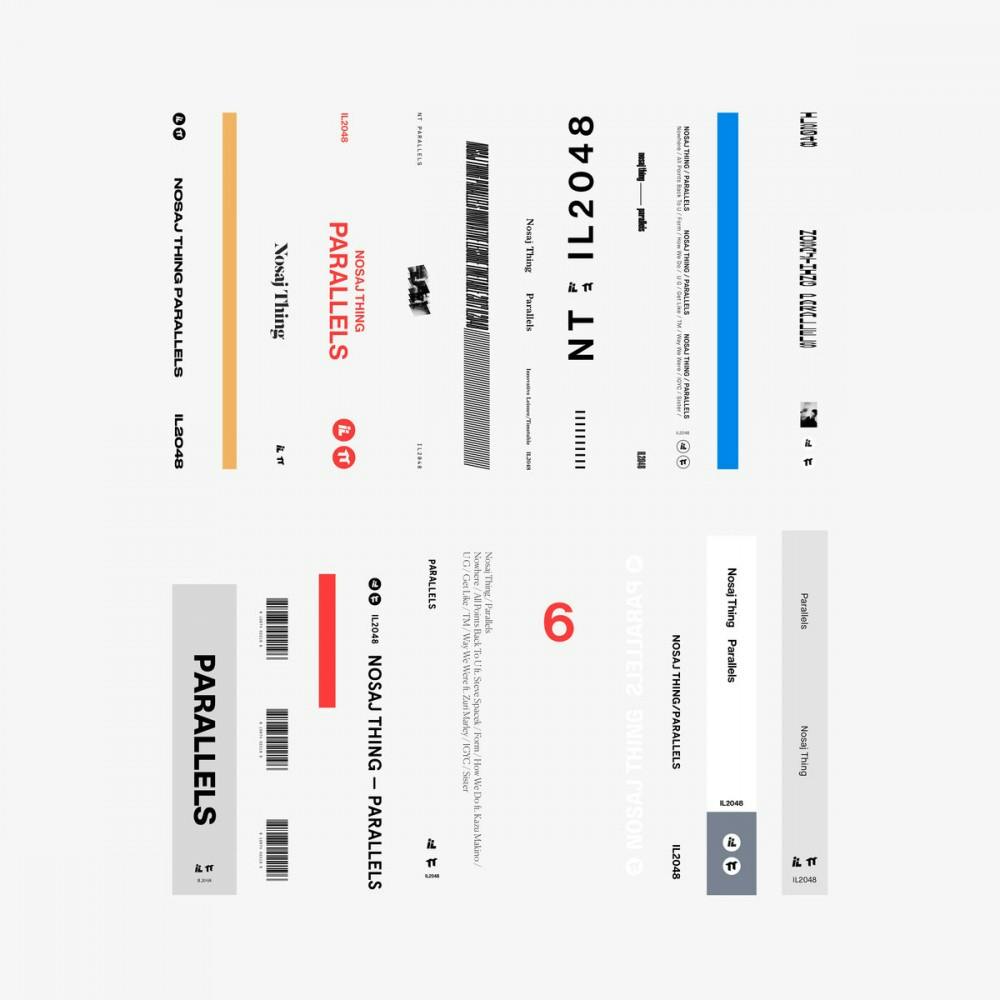For an artist with a sound that seemed so on-trend just a couple years ago, Nosaj Thing has been making music for quite a long time. His first EP came out all the way back in 2006, but it is only in the past several years that his work has begun to gain traction outside the confines of Los Angeles’ experimental beat scene.
As one of the more noteworthy products of the movement borne from a weekly producers’ forum in the northeast corner of the city — which eventually became one of the world’s most famous club nights — Nosaj Thing has spearheaded one of the most influential trends in hip-hop and electronic music. As more and more kids who had set their hands on torrented DAW software began to hone their craft, a psychedelic, impressionist form of instrumental hip-hop began to grow, for the first time using a strictly digital, laptop-based platform to make forward-thinking beat music. Artists like Flying Lotus, Shlohmo, Knxwledge and Nosaj pushed laptop beatmaking into brand new territory.
In 2017, we hear the calling cards of LA beat music all over modern hip-hop. Some of the current era’s greatest and most influential emcees have been lent the beat scene aesthetic by its proprietors, from Kendrick Lamar to Chance the Rapper to Earl Sweatshirt. The sounds pioneered by LA beat artists — jazz harmony played on warbly synthesizer patches, slack, heavily swung drums, the use of unconventional sample sources and Foley sound — have had an unlikely and unprecedented impact on modern electronic music, which is to say almost all music in 2017. Yet on his latest effort — his fourth full-length album — Nosaj Thing, like many of his contemporaries, has begun to depart from the sound.
In its typically svelte 34-minute duration, “Parallels” explores a number of forms that feel more indebted to European electronic music than that of Nosaj Thing’s peers. He ventures through rich ambient, tantric house and techno, dubby half-time bass music and even pop. Like most of his projects, “Parallels” feels more like a collection of spontaneous ideas than a cohesive album, although vocal turns from Steve Spacek, Kazu Makino and Zuri Marley lend some cohesion. Like most of his beat scene peers — Flying Lotus being a notable exception — Nosaj Thing seems more interested in process than form, locked into the daily ritual of sonic experimentation as opposed to the meticulous, drawn-out process of songwriting. The album has some great hooks — the horror-film pluck melody on “Get Like,” the hypnotic bassline on “All Points Back To U,” for example — but they feel totally spontaneous.
Building on his previous work, Nosaj Thing employs a diverse and compelling sonic palette on “Parallels,” perhaps this time heavier on the analog-style synthesis and lighter on the sound sampling. There are beautiful, immaculate patches all over the record, demonstrating Nosaj’s mastery of sound design. On the first track, “Nowhere,” a swirling upright piano figure is cross-cut by glitchy choral cuts. On “How We Do,” synthesized wind instruments of varying realism place the listener in the middle of a cosmic orchestra pit. Woozy modular synth sequences abound, lending a dark, dank quality to the music.
What “Parallels” lacks in theme or substance is compensated with style. Though it cycles through a number of rhythms and genres, a particular atmosphere is maintained. Like the sound of pumping club music heard from the lobby or the bathroom, or half-remembered in a drunken 4 a.m. cab ride, it evokes the hedonism and bohemia of the party without taking you there, instead hanging in the back of your mind like a spectre.
This opacity is what ties the sound of “Parallels” to the LA beat scene — the thick, often indistinct musical fog, a product of layers upon layers of esoteric soundcraft probably made in a smoke-filled room late at night, tied together with tight, punchy drums. Many of the sounds on the album are cloaked in reverb so they sound distant and hang in the air for a brief interval after the sources decay. Standout ambient track “IGYC” features a long-tail reverb on almost every channel, so that the vocal samples feel sharper in comparison, like the lights on an airplane cutting through the clouds.
Propelled by his rising popularity in the last several years, Nosaj Thing has toured all over the world on the cosmopolitan club circuit, from Brooklyn to Berlin to Seoul and beyond. For the artist, such a tour means countless hours spent in hotels, on trains, in taxis and endless late nights in dark, chic, sweaty nightspots. This experience is palpable in the sounds heard on “Parallels,” in its solitary, cloudy atmosphere and in its folding-in of global club influences.
As Nosaj the person has been divorced from his hometown scene in Los Angeles, so has his music. But with the expansion of the beat scene into the global sphere, its dissolution feels like a real possibility. Flying Lotus has left LA for the stratosphere, now an experimental shock filmmaker, public speaker, audiovisual performer and psychedelic electronic free jazz composer. Other mainstays like Teebs, Mono/Poly, Juj and Dorian Concept have simply fallen off the map. Such is the way all music scenes go, especially ones that have existed for as long as the beat scene has. Still, it’s a deeply atmospheric, beautiful and artfully conceived set.





